1v1’s
One of the main aspects of FIFA 20 gameplay that we wanted to emphasize is within one-on-one situations. In real-life football, some of the most exciting moments derive from these types of situations, and we wanted to shine a spotlight on them.
Due to the re-architecture of our Positioning system, players should find themselves in one-on-one battles, all over the pitch, more often in FIFA 20. Both the dribbler and the defender will have more time and space to read the play and show their skills than ever before - be it a winger trying to break through the defense, or a holding midfielder closing down a deadly striker - these are some of the moments that can define the advantage in a balanced match.
Additionally, our goal for FIFA 20 is to provide gameplay that allows you to read and predict, rather than a game where you only react to your opponent. Strategy and overall understanding of football are key.
To create these moments, the team focused on four main aspects:
spacing, movement, game flow and tools.
- Spacing and movement: The team made a big restructure of the AI positioning system, emphasizing user controlled actions. Players on the pitch should behave more realistically than ever, keeping the space and reacting with the urgency needed for each situation. To improve unnecessary player movements and hectic feeling of the game, players will now try to keep their formation and position, anticipating the opponent’s next move instead of just going towards them. At the same time, players will still make runs and offer support when the opportunity arises.
- Game Flow: The focus was on building a slower and more composed game off the ball, while keeping it very responsive and agile on the ball. Players will have more time to read situations and plan their next steps putting emphasis on more tactical defending, but at the same time, players will be more responsive and faster than before allowing for explosive runs and breakaways.
- Tools: Achieving a one-on-one situation was the first step, the next step was to provide both sides with tools to resolve these plays. Some of these new tools are;
- New Strafe Dribble
- Controlled Tackling
- Agile Jockey System
- New commands:
- Lofted Ground Pass: X+X / A + A
- Lofted Ground Through Pass: △+△ / Y + Y
- Driven Lobbed Through Pass: L1 +R1 + △ / LB + RB + Y
- Slow Dribble: L2 + R2 + LS / LT + RT + LS
- Set Up Touch: R1 + RS Direction (Hold) / RB + RS Direction (Hold)
- Strafe Dribble: L1 +LS / LB + LS
- Strafe Dribble (lock face angle): L1 + R1 + LS / LB + RB + LS
- Goalkeeper Cross Intercept: △ / Y + △ / Y (Hold)
Decisive Moments
As mentioned above, to achieve our goal of creating exciting moments, we needed to provide players with the tools for success in these situations.
One of the big improvements was to make the game more responsive than ever before. We created a new system that provides players with the ability to perform last-second button input changes in certain situations during Passing, Shooting and Trapping. Where in previous years those inputs would have been too late to impact your players actions, FIFA 20 allows for increased fidelity with the controller and responsiveness to user reactions.
We also expanded the Active Touch system from FIFA 19 to our ball control system, allowing players to preserve their speed and agility when approaching the ball for a trap. This system also improves the facing direction, initial control and contact with the ball, and allows for more fluid follow-up actions.
Here are the tools players will have at their fingertips:
- Strafe Dribbling: Strafe is extremely agile and responsive, and by holding L1/LB this mechanic gives players a more precise control over their movements. This provides players with a lot of creative ways to dribble, like suddenly changing direction or luring your opponent in and accelerating past them. The team also created a variation of the mechanic to allow players to perform a Strafe locked to the current facing angle, instead of facing the goal like the default Strafe. This technique will allow for even more control and precision.
- L1/LB for Strafe Dribble
- L1+R1/LB+RB for Strafe Dribble (lock face angle)

- Controlled Tackling: A revamped system that favors manual tackling by making sure that the defender trying to tackle does so in a favorable context to your team on the vast majority of occasions. Defenders will be more successful in recovering possession by tackling the ball towards a teammate to keep the ball in play after a tackle. To reward manual defending, this system also minimizes the frequency of attackers keeping possession of the ball after a successful tackle, by placing more emphasis on the strength of the defender and improving the stumbles caused by tackles.
- O / B to Stand Tackle or Hold O / B for Hard Tackles
- This system will be less apparent when using slide tackles, since they trigger as soon as the button is pressed.
Akin to real football, once in a while the ball will bounce back to the attacker, however the frequency of this will be reduced.
- Agile Jockey: A refresh of the manual Jockey system, making it more agile and responsive when defending. This mechanic will allow user-controlled defenders to better cut off passing lanes or block a shot. The goal of the new jockey system is to encourage players to use manual defending and accurately predict what their opponent will do.
- L2/LT for Slow Jockey
- L2/LT + R2/RT for Fast Jockey
- Composed Finishing: Improved 1-on-1 shooting consistency, creating more clinical finishing close to the goal.
- Set Up Touch: New mechanic for FIFA 20, players can use this special skill to set up their following shot/pass to be more accurate and precise. While this move is very powerful if performed correctly, it requires space and time to do so, leaving the player vulnerable to opponents during the move. This touch also opens up new creative possibilities, allowing for fake outs and other moves to add to your arsenal.
- R1/RB + RS (in a direction) to Set Up your next shot/pass
Ball Physics

To bring more authenticity to the beautiful game, we rewrote the physics of the ball, replicating a football’s real life movement with pronounced bounces, spins and trajectories. This improved system also provides us with the ability to create unique physics for different ball types, and we will go deeper into this topic when we talk about the Gameplay in VOLTA FOOTBALL leading up to the release of FIFA 20.
The new Physics will make passes feel more realistic, adding spin and creating a natural curve with passes. Players will often see the ball bouncing off the ground after contact and subtle bounces once the ball touches the ground, which will have an impact on the ball trajectory and also when trapping the ball. Hard passes and bad passes will have more bounce to their trajectory, to demonstrate the error/difficulty of the pass. Pitch wear-and-tear also influences the bounces, with rougher pitches increasing the ball’s bounce, making it rise more and more irregularly.
Shot trajectories are also improved with the new Physics. Players should see rising shots, dipping shots, swerving shots, knuckle shots and more interesting curves than ever before. These shots are contextual based on curve, power, angle and attributes of the player performing the shot.
Set Pieces Refresh
Another area we focused on was refreshing Set Pieces. The team received lots of feedback around Free Kicks being unpredictable and inconsistent, so we spent a lot of effort rebuilding the system for FIFA 20.
The new Free Kick System is divided into five aspects: Aim, Position, Power, Spin and Timing.
- Aim: The first step was the new aiming mechanic. The aim now works with a reticle displayed on the goal, and players can use their pad to choose where to aim their free kick.
- Position: Instead of stepping slowly around the ball and moving to different start positions, pressing the Right-Stick to the left or right will now move the player between predefined positions (Wide, Normal, Straight). Each position gives a certain bonus to your shot, with Wide giving an increased amount of spin and Straight providing an increase in spin for outside of the foot shots. Normal is a balance between both.
- Power: With shot elevation being determined by the aiming reticle, shot power now determines the shot trajectory. A low power shot will be more akin to a finesse shot (loopy), while a high power shot will be more driven and direct. Aiming towards the bottom of the net will also prioritize driven shots, allowing players to shoot under the wall.
- Spin: After powering your shot, and during the run up before contact, players can apply spin to the ball. To apply different spins, you need to perform gestures using the Right-Stick as displayed below. The speed and accuracy of the gesture will determine how much spin is added to the ball.

- Timing: players can also use the Timed Finishing mechanic in the new Free Kick system, allowing you to attempt to press the button right at the moment of the contact of the shot. If successful, this will reduce the amount of error, and increase the amount of spin applied to the shot. If not successful, it will dramatically increase the amount of error applied to the shot.
Penalty Kicks have also been improved, using the same Aim, Power and Timing mechanics as Free Kicks. The big difference is that there is no adjustment to the starting position and no spin control on the Right-Stick. Unlike Free Kicks however, players can continue to change the aim of the kick throughout the run up, allowing for last second adjustments.
Besides what was mentioned above, we improved all animations for kicks and shots for both Free Kicks and Penalties, added a few new Star-players run ups and animations, while also removing the wall creep mechanic, which had been previously requested from feedback sessions with the community. These changes are meant to create more rewarding and authentic Set Pieces in FIFA.
Other Improvements
In addition to what was covered above, there are numerous other improvements made to FIFA 20 Gameplay. While some improvements are more subtle, and won’t be immediately obvious, they all contribute to our goal of providing gameplay which allows you to read and predict, more than just react to your opponent.
Here are a few of these improvements:
- Goalkeeper Cross Intercept: Press △/Y + △/Y and hold, and the Goalkeeper will rush from the goal line to the penalty mark in order to intercept any incoming crosses. While that might help with intercepting the incoming cross, it also creates a risk of the goalkeeper getting caught out of position.
- Referees in play: Referees are now ‘permeable’ and should not collide with the ball or players, preventing them from influencing the play in any way.
- Improved Blocks: Improvements to reduce the amount of missed blocks and added new animations.
- Lofted Passes: New ‘dinked pass’ when pressing the pass (ground or through) button twice
- Ball Relative Switching: New Switching option when using the Right-Stick to switch. Players can change their settings to perform Ball Relative switches instead of the classic Player Relative switches. This helps players that use the ball as a visual reference when switching.
- Removed “No Touch Dribble”: Avoid conflicts with other mechanics and creates space for the new Set Up Touch. This was another topic widely requested during our feedback sessions with the community.
- Early Lock to Pass Receiver: New controller settings option for Passing to allow locking to a Receiver early vs late (default). Locking early allows players to change the left stick direction after the pass animation starts without changing where the pass goes. Locking late allows players to change their mind as late as possible, close to the moment when the ball is kicked.
- Kick-Off Emotions: Improved functionality and animations, players are able to perform an emotion during any Kick-Off. Each direction performs a specific emotion:
- Angry towards Opponent = RS Up
- Angry towards Team = RS Down
- Happy towards Opponent = RS Left
- Happy towards Team = RS Right
(This feature is used to express yourself to your opponent and has no impact in gameplay.)
- 50/50 Tackles: Addressed issues with 50/50 tackles, especially with them being triggered in dribbling situations, giving extra advantage to the dribbler when being tackled.
- Pass Block Assistance: Turning off the “Pass Block Assistance” setting will now only affect the User Controlled player and not the AI controlled players, to allow users more control for auto blocks. Another topic that was requested by players during our feedback sessions.
- New Skill Moves: Lateral Heel to Heel, Feint and Exit, Drag to Drag, and Flair Roulette are new skill moves. Heel Chop Turn and Drag Back Sombrero are new combo skills.
- New Celebrations and Animations that serve both to updating our library of real-life moments and refreshing the overall visual quality of the game, while aiming for a better depiction of moves and reactions of players.












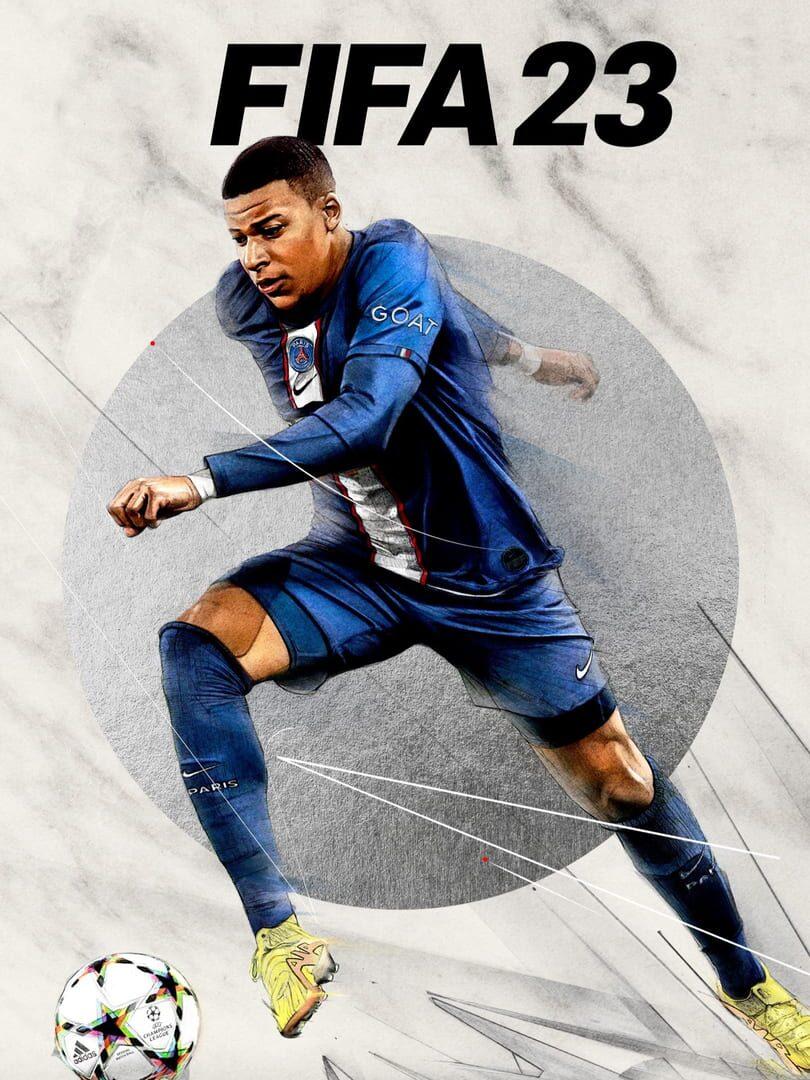
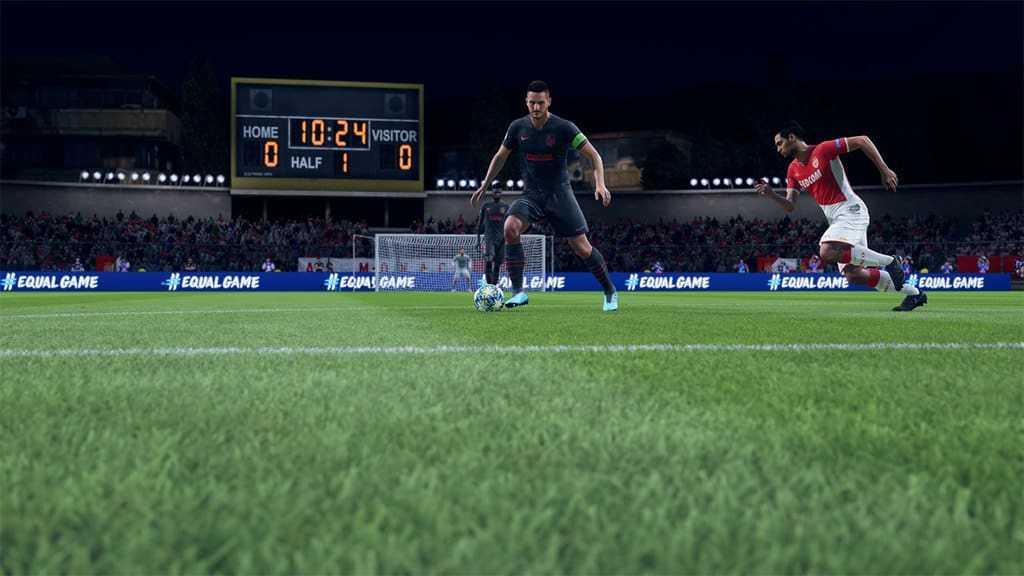



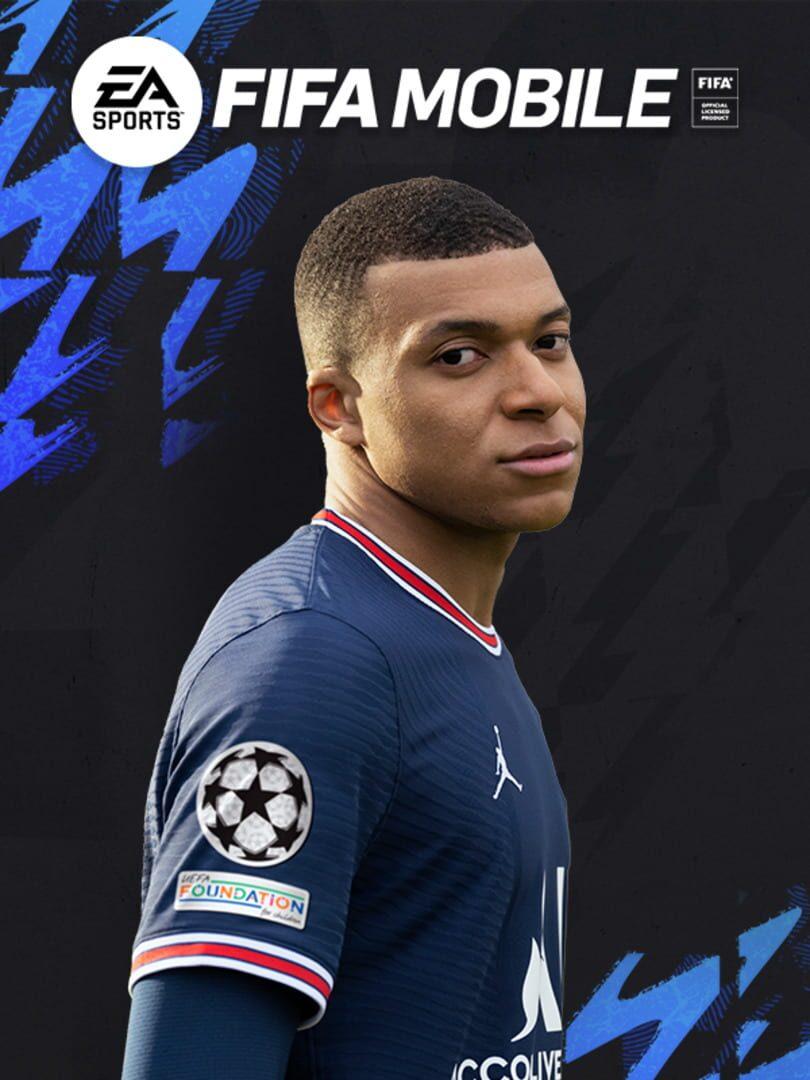

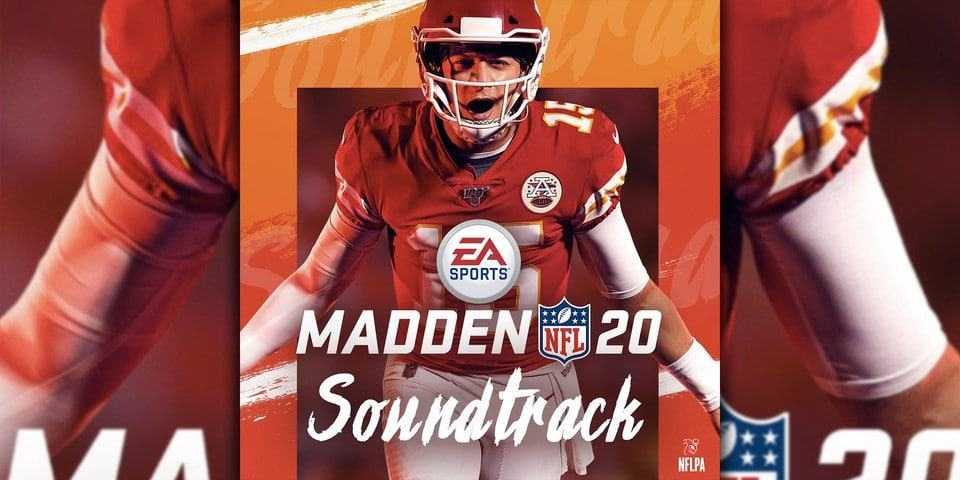
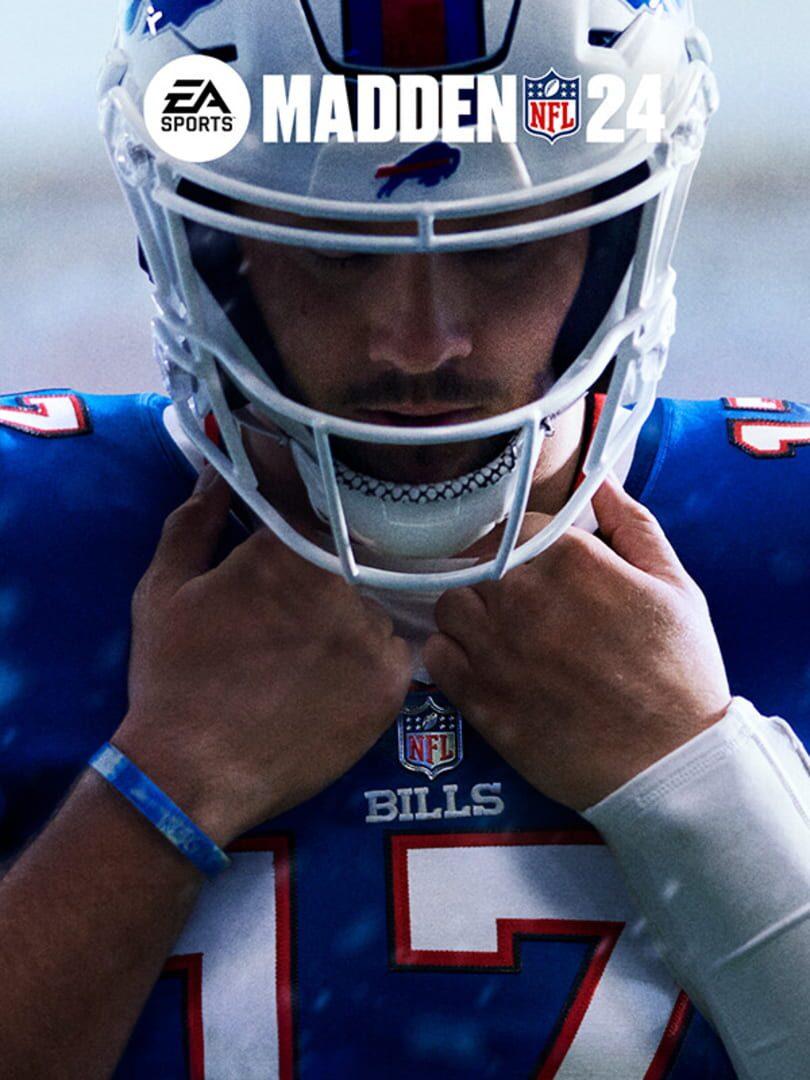
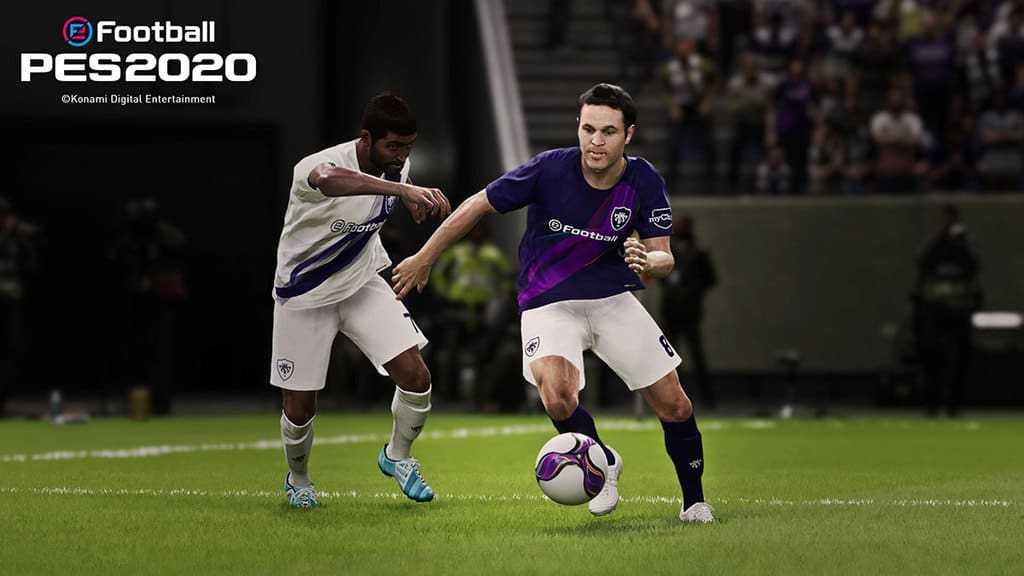

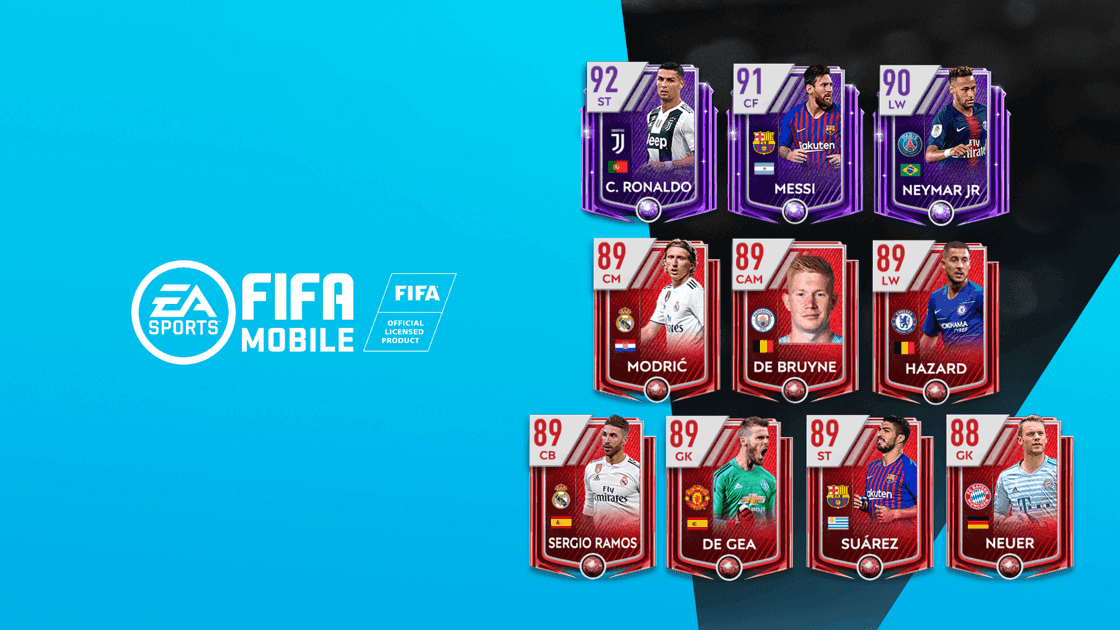

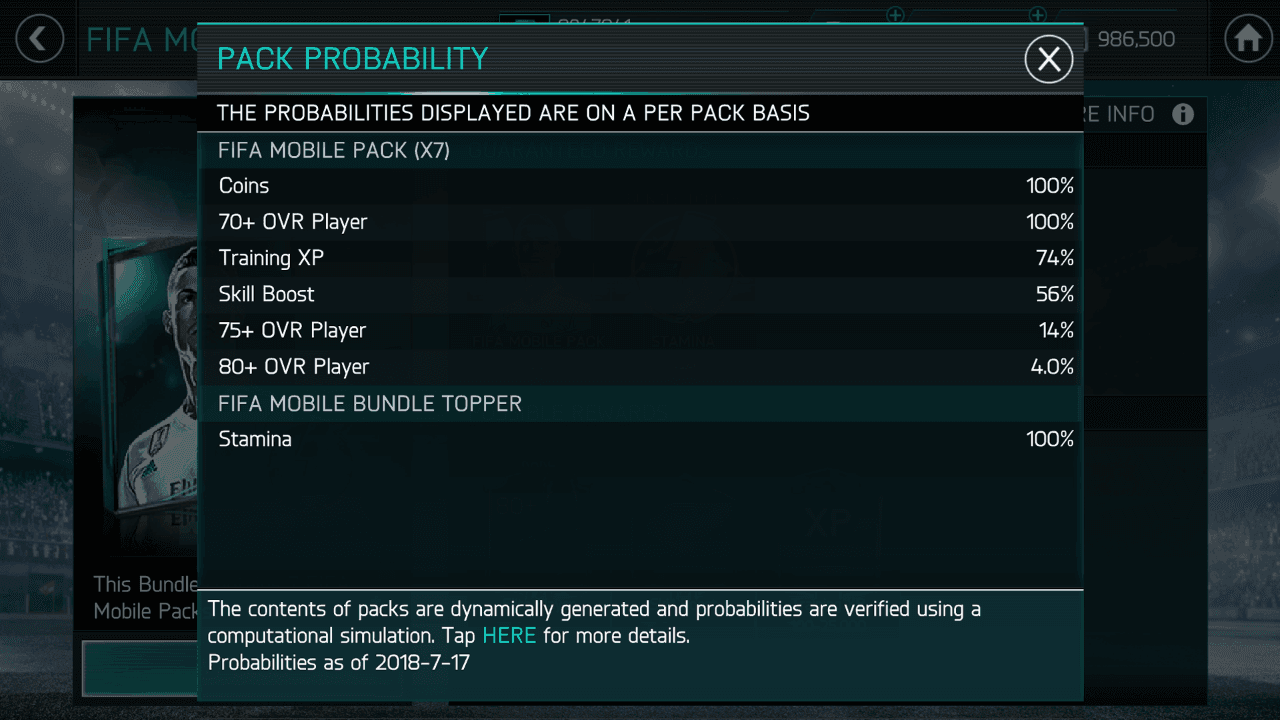

Responses (0 )